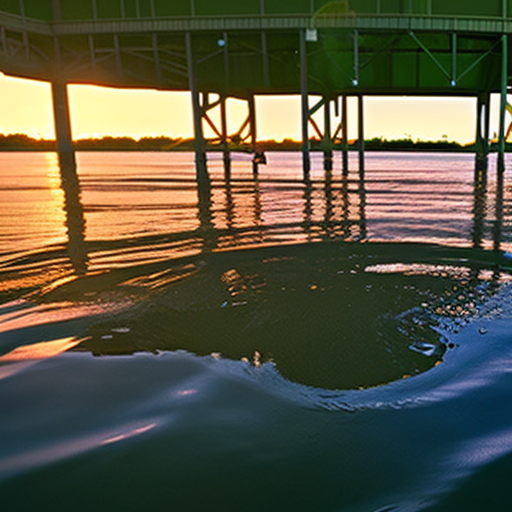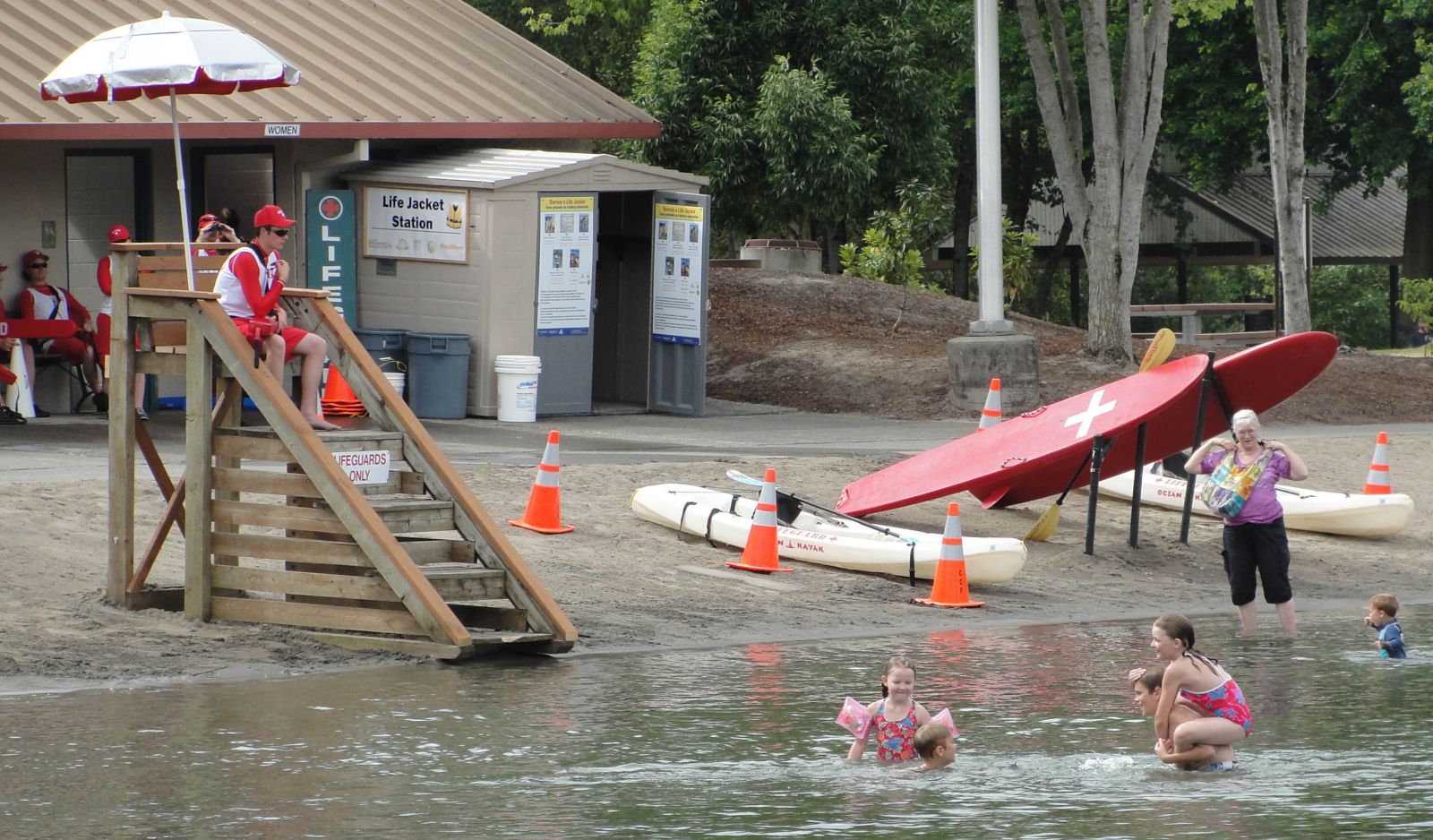
The Florida Department of Environmental Protection
The Florida Department of Environmental Protection (FDEP) serves as the lead agency for environmental management and stewardship in the state. Its primary goal is to protect and preserve Florida’s air, water, and land resources. FDEP envisions a future where strong community partnerships are formed, Florida’s natural resources are safeguarded, and its ecosystems are enhanced.
Mission and Objectives
FDEP’s mission is to promote sustainable development and ensure the well-being of both present and future generations. To achieve this, the department focuses on the following objectives:
- Conserving and restoring Florida’s natural resources
- Enhancing the quality of the state’s air and water
- Managing and regulating waste and hazardous materials
- Promoting environmentally responsible practices
Sustainable Development Goals (SDGs)
FDEP aligns its efforts with the United Nations’ Sustainable Development Goals (SDGs) to address global challenges and contribute to a more sustainable future. The following SDGs are of particular importance to FDEP:
- SDG 6: Clean Water and Sanitation – FDEP works towards ensuring access to clean and sustainable water resources for all Floridians.
- SDG 11: Sustainable Cities and Communities – FDEP collaborates with local communities to create sustainable and resilient cities.
- SDG 13: Climate Action – FDEP takes action to mitigate and adapt to the impacts of climate change, promoting sustainable practices and reducing greenhouse gas emissions.
- SDG 14: Life Below Water – FDEP protects and conserves Florida’s marine and coastal ecosystems, ensuring the sustainability of marine life.
- SDG 15: Life on Land – FDEP focuses on preserving and restoring terrestrial ecosystems, safeguarding biodiversity and promoting sustainable land use.
SDGs, Targets, and Indicators
1. Which SDGs are addressed or connected to the issues highlighted in the article?
- SDG 6: Clean Water and Sanitation
- SDG 13: Climate Action
- SDG 14: Life Below Water
- SDG 15: Life on Land
The article mentions that the Florida Department of Environmental Protection is responsible for protecting air, water, and land resources. This aligns with SDG 6, which focuses on ensuring availability and sustainable management of water and sanitation for all. Additionally, the department’s vision of safeguarding natural resources and enhancing ecosystems connects to SDG 13 (climate action), SDG 14 (life below water), and SDG 15 (life on land).
2. What specific targets under those SDGs can be identified based on the article’s content?
- Target 6.3: Improve water quality by reducing pollution, eliminating dumping, and minimizing release of hazardous chemicals and materials.
- Target 13.1: Strengthen resilience and adaptive capacity to climate-related hazards.
- Target 14.1: Prevent and significantly reduce marine pollution of all kinds.
- Target 15.1: Ensure the conservation, restoration, and sustainable use of terrestrial and inland freshwater ecosystems.
The article does not explicitly mention these targets, but the responsibilities of the Florida Department of Environmental Protection align with the objectives stated in these targets. By protecting water resources, reducing pollution, enhancing ecosystems, and safeguarding natural resources, the department contributes to achieving these targets.
3. Are there any indicators mentioned or implied in the article that can be used to measure progress towards the identified targets?
The article does not provide specific indicators to measure progress towards the identified targets. However, potential indicators could include:
- Water quality index
- Reduction in hazardous chemical releases
- Number of climate-related hazards mitigated
- Reduction in marine pollution levels
- Conservation and restoration efforts for terrestrial and freshwater ecosystems
These indicators would help assess the progress made in improving water quality, reducing pollution, enhancing resilience to climate-related hazards, preventing marine pollution, and promoting the conservation and restoration of ecosystems.
4. Table: SDGs, Targets, and Indicators
| SDGs | Targets | Indicators |
|---|---|---|
| SDG 6: Clean Water and Sanitation | Target 6.3: Improve water quality by reducing pollution, eliminating dumping, and minimizing release of hazardous chemicals and materials. | – Water quality index – Reduction in hazardous chemical releases |
| SDG 13: Climate Action | Target 13.1: Strengthen resilience and adaptive capacity to climate-related hazards. | – Number of climate-related hazards mitigated |
| SDG 14: Life Below Water | Target 14.1: Prevent and significantly reduce marine pollution of all kinds. | – Reduction in marine pollution levels |
| SDG 15: Life on Land | Target 15.1: Ensure the conservation, restoration, and sustainable use of terrestrial and inland freshwater ecosystems. | – Conservation and restoration efforts for terrestrial and freshwater ecosystems |
Behold! This splendid article springs forth from the wellspring of knowledge, shaped by a wondrous proprietary AI technology that delved into a vast ocean of data, illuminating the path towards the Sustainable Development Goals. Remember that all rights are reserved by SDG Investors LLC, empowering us to champion progress together.
Source: floridadep.gov

Join us, as fellow seekers of change, on a transformative journey at https://sdgtalks.ai/welcome, where you can become a member and actively contribute to shaping a brighter future.






